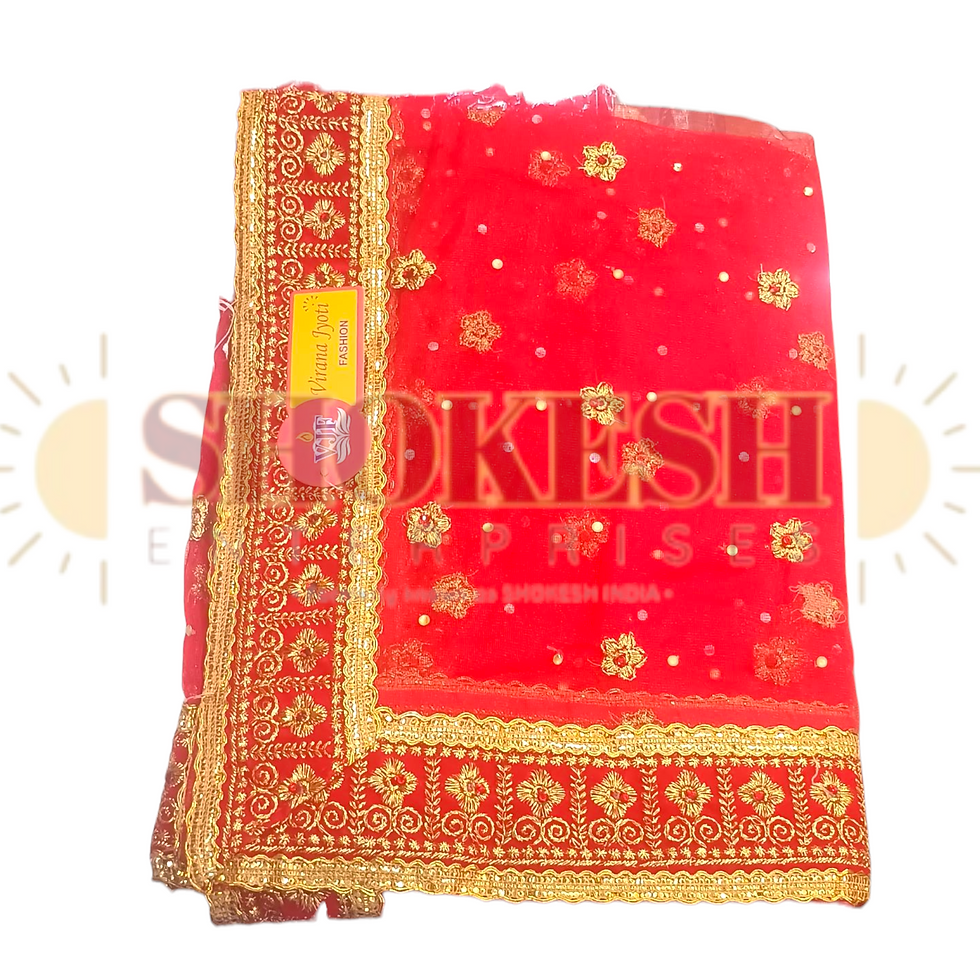Mongmong Festival – A Celebration of Unity, Gratitude, and Traditions
- _Shokesh _

- Sep 1
- 2 min read

The Mongmong Festival is one of the most vibrant and spiritually enriching festivals of the Chakhesang Naga Tribe of Nagaland, India. Celebrated every year in the month of September, Mongmong is more than just a festival – it is a symbol of thanksgiving, unity, purification, and cultural preservation.
✨ Meaning of Mongmong
The word “Mongmong” in the Chokri dialect literally means togetherness, or bonding, which perfectly reflects the spirit of the festival. It is a time when families, friends, and the entire community come together to pray, rejoice, and strengthen their social ties.
📅 Time of Celebration
The Mongmong Festival is observed from September 1st to September 6th every year. Traditionally, it lasts six days, each day marked with rituals, feasting, and festivities.
🙏 Religious and Cultural Significance
Thanksgiving to Almighty – The Chakhesang people pray to the God of Nature and ancestors for a good harvest, protection, and blessings.
Purification Rituals – Sacred rites are performed to purify homes, fields, and livestock, ensuring prosperity and protection from evil spirits.
Strengthening Social Bonds – Families, relatives, and neighbors come together, reconfirming the values of love, peace, and unity.
Cultural Preservation – Folk songs, dances, and storytelling pass on tribal wisdom and cultural richness to younger generations.
🎉 Rituals and Celebrations of Mongmong
Each day of Mongmong carries its own unique meaning:
Day 1 – Ritual Preparations
Elders perform rituals and sacrifices.
Homes and hearths are purified.
Livestock are also blessed.
Day 2 – Blessings and Offerings
People offer prayers to deities for good health and abundant crops.
Ritual feasts begin within families.
Day 3 – Sharing and Unity
Families exchange gifts, food, and rice beer.
Guests are warmly welcomed, symbolizing hospitality and goodwill.
Day 4 – Community Bonding
Villagers gather together for dances, music, and folk songs.
Traditional games are played.
Day 5 – Thanksgiving Feast
The grand feast of pork, beef, rice, vegetables, and rice beer is prepared.
Everyone eats together, strengthening communal ties.
Day 6 – Closing Rituals
Final prayers and rituals are performed.
The community prays for peace, prosperity, and protection until the next Mongmong.
🌾 Food and Festivities
Food is at the heart of Mongmong. Special dishes made of sticky rice, pork, beef, and bamboo shoot are prepared, often cooked over firewood for authentic taste. Rice beer (Zu) is served during community gatherings.
💃 Folk Dances and Songs
Warrior dances, folk songs, and traditional instruments like log drums fill the air with rhythm.
Elders narrate stories of ancestors, bravery, and moral lessons.
🌍 Modern-Day Mongmong
While modernization has influenced lifestyles, the Chakhesang community continues to preserve this beautiful festival. Today, Mongmong is not just a local event but also an attraction for tourists, cultural enthusiasts, and researchers interested in Nagaland’s tribal heritage.
✨ Key Takeaways from Mongmong Festival
A celebration of unity, purification, and thanksgiving.
Strengthens family, social, and community bonds.
A reminder of the importance of living in harmony with nature.
Preserves the cultural identity of the Chakhesang Nagas.
🏷️ Hashtags & Tags (For Social Media Promotion)
#MongmongFestival #NagalandCulture #TribalTradition #ChakhesangNagas #IndianFestivals #UnityInDiversity #NorthEastIndia #FestivalOfUnity




















